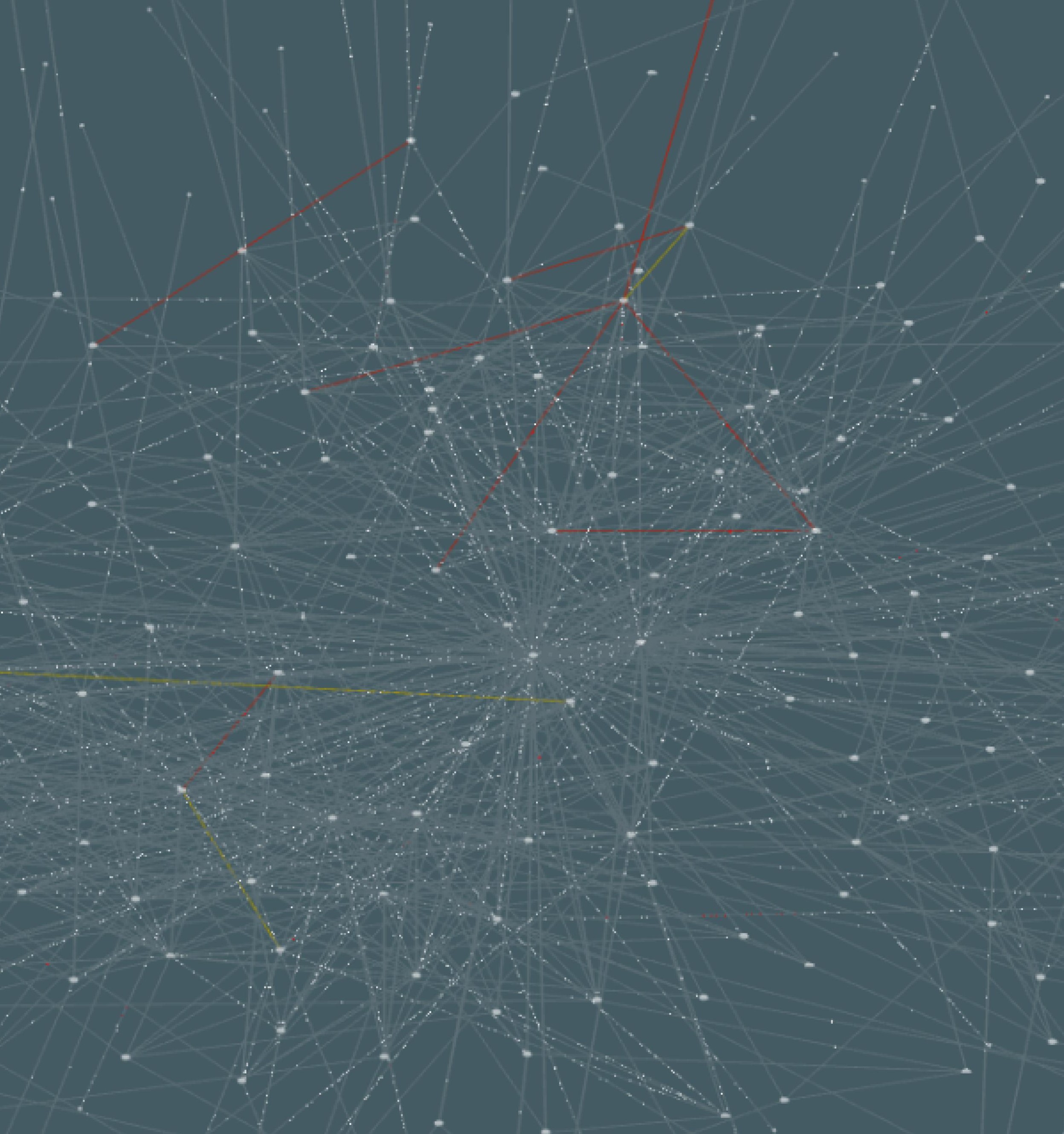 CLOUD
CLOUD
 CLOUD
CLOUD
 CLOUD
CLOUD
Instana Inc. is bringing artificial intelligence to software container and and microservices management, saying it can automatically discover, model and monitor large-scale container networks while predicting slowdowns and failures at subsecond speed.
The company, which said it has raised $14 million and has 80 paying customers, was founded by a group of application performance management veterans. APM has been around for years in traditional data center environments, but the dynamic, constantly changing characteristics of microservices-based applications can’t be effectively managed with current tools, executives said.
“APM has always required a lot of work on the front end to build the model of the environment, but it was done with the idea that the environment was fairly static,” said Pete Abrams, chief operating officer of Instana. “Now we’re deploying code three times a week.”
Microservices-based applications confound traditional management approaches because services are dynamic, often launching and shutting down in milliseconds and communicating via a middleware broker. As a result, the state of the network shifts constantly. Containers, which allow applications to run unchanged on multiple computing environments, have given microservices-based development and DevOps a huge boost, but also compounded complexity.
“In my 30-year career, I’ve never seen a technology adopted as quickly as containers. And that causes havoc,” Abrams said. He added that it’s not unusual for a site making heavy use of containers, services and application programming interfaces to have “seven programming languages and 20 middleware stacks.”
Instana said it has figured out how to apply machine learning to discovering, mapping and understanding the interdependencies of vast networks of these services. “We’ve reinvented discovery of all of the piece parts to collect extremely detailed, accurate data,” Abrams said.
The company says is can deliver real-time visibility into a broad range of technologies that make up microservices applications, including code-level visibility for nine different programming languages. The software builds a time-sequenced model that shows the container and services constructs of the application and how it changes over time.
Instana said it can perform root cause analysis to distinguish, for example, between “noisy” events and those that have the potential to hurt service quality. “We create an incident report that details the sequence of events that point to the triggering event, estimate the service impact and suggest where you should look for a root cause,” Abrams said.
The tool requires the installation of one Java-based agent for each virtual machine. The agent requires no configuration and needs only about 15 seconds to discover all the resources in the environment, Abrams said. Thereafter, it continually and automatically discovers new components and maps dependencies of the application’s full technical stack, as well as the request patterns of distributed services.
Data is sampled every second, with information about requests used as the source for machine learning, which improves over time to minimize false alerts and speed up root cause analysis. The software works across cloud infrastructure, containers, orchestration managers, middleware and programming languages.
The APM service is priced at $50 per host per month when paid annually, or $60 on a month-to-month basis.
Support our mission to keep content open and free by engaging with theCUBE community. Join theCUBE’s Alumni Trust Network, where technology leaders connect, share intelligence and create opportunities.
Founded by tech visionaries John Furrier and Dave Vellante, SiliconANGLE Media has built a dynamic ecosystem of industry-leading digital media brands that reach 15+ million elite tech professionals. Our new proprietary theCUBE AI Video Cloud is breaking ground in audience interaction, leveraging theCUBEai.com neural network to help technology companies make data-driven decisions and stay at the forefront of industry conversations.